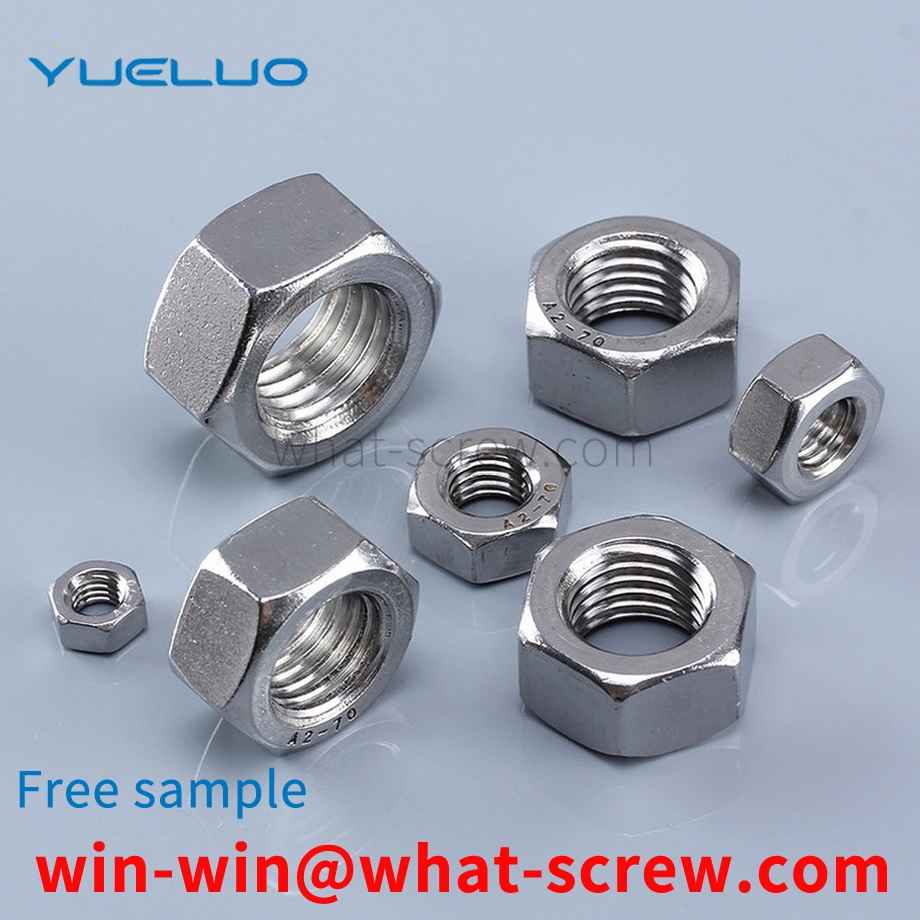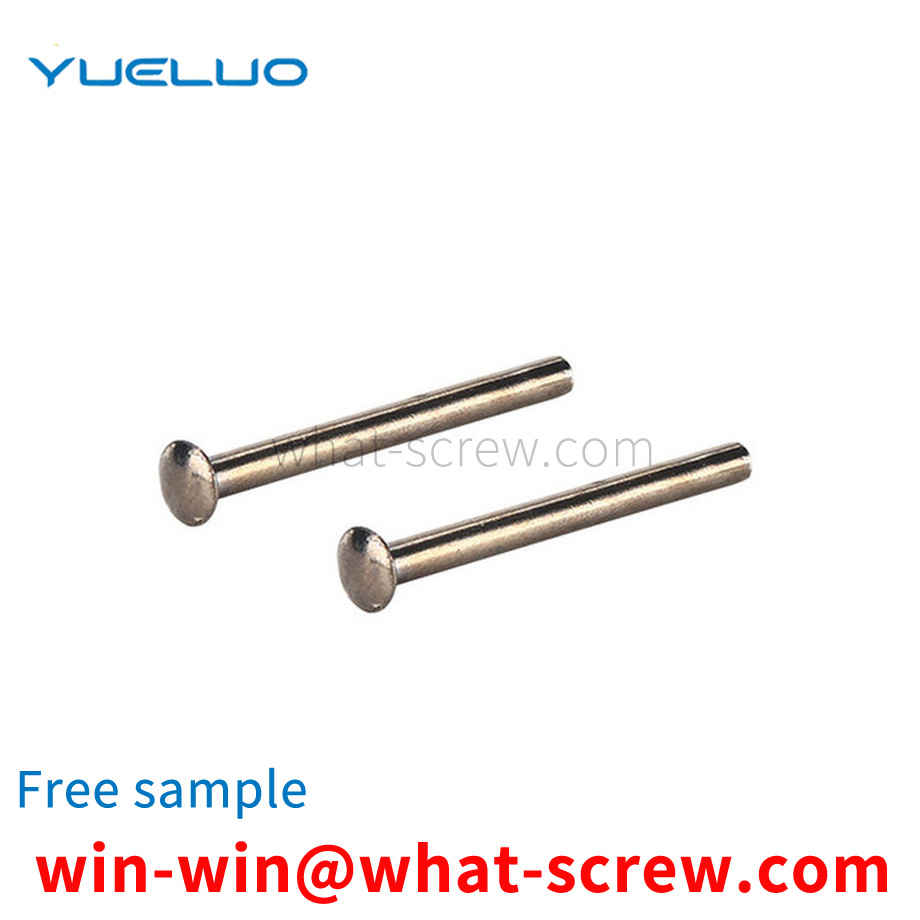What is the tolerance range of precision screws?
What is the tolerance range of precision screws?
Service Hotline
+86760-8787 8587We have more than ten years of production experience in the screw industry, the main products are: lengthened external screws, American screws, internal tooth pins, stainless steel chemical expansion bolts, black nylon external hexagon screws, DIN434 washers, hexagon socket flat head bolts, non-standard flat washers , Japanese standard flat washer, white zinc plated lifting ring screw, DIN6798J, fine tooth self-locking non-slip screw cap, eccentric screw nut, material nut, sealing gasket and other fasteners, due to different product materials and specifications, the price also varies different, please contact us if necessary.


Blind rivets are a type of flying rivets for single-sided riveting, but they must be riveted manually, electrically, and automatically using special tools. This type of rivet is especially suitable for riveting occasions where it is inconvenient to use ordinary rivets and must be riveted from both sides, so it is widely used in construction, automobiles, ships, aircraft, machinery, electrical appliances, furniture and other products.

T-bolt, the European standard is called hammer bolt, the material is carbon steel, the surface is galvanized or nickel-plated, the T-bolt can be directly put into the groove of the aluminum profile, and it can be automatically positioned and locked during the installation process. Used in conjunction with the blue nut, it is a standard matching connector when installing corner fittings. It can be selected and used according to the profile groove width and different series of profiles. When the T-bolts on the market are installed with the installation channel, the bolts need to be placed into the channel from the port of the channel, and then tightened when moving to the designated position. The bolts are easy to rotate during installation, and the connection is not tight. Therefore, it is necessary to propose a mounting structure that uses T-bolts and grooves.


National standard lock nut GB/T 6182-2000 Type 2 non-metallic insert hexagonal lock nut. GB/T 6183.1-2000 Non-metallic insert hexagonal flange lock nuts. GB/T 6183.2-2000 Non-metallic insert hexagonal flange lock nuts - fine pitch. GB/T 6184-2000 Type 1 All-Metal Hexagon Lock Nuts. GB/T 6185.1-2000 Type 2 all-metal hexagonal lock nuts. GB/T 6185.2-2000 Type 2 all-metal hexagonal lock nuts with fine teeth. GB/T 6186-2000 Type 2 All-Metal Hexagon Lock Nuts Grade 9. GB/T 6187.1-2000 All-metal hexagonal flange lock nuts. GB/T 6187.2-2000 All-metal hexagonal flange lock nut with fine teeth. GB/T 889.1-2000 Type 1 non-metallic insert hexagon lock nuts. GB/T 889.2-2000 Type 1 non-metallic insert hexagonal lock nut fine pitch.

The traditional single-sided riveting process mainly adopts two methods: rivet nut connection and blind rivet connection. The efficiency of the rivet nut is low. If the hollow nut is used, the rigidity is insufficient, resulting in low connection strength. In addition, the torsion resistance of the rivet nut is low. If the rivet nut is used to obtain better torsion resistance, it is made into a hexagonal shape. Embedding, because the shape of the sheet metal opening also needs to be made into a corresponding hexagon, it is inconvenient to process.

The above content is uploaded by Yueluo or the Internet. If there is any copyright issue, please contact [email protected].

What is the tolerance range of precision screws?

How to choose the right stainless steel screw manufacturer?

Why is there an R angle under the head of the hexagon head s...

We have more than ten years of experience in screw industry ...

We have more than ten years of experience in screw industry ...

We have more than ten years of experience in screw industry ...

We have more than ten years of production experience in the ...